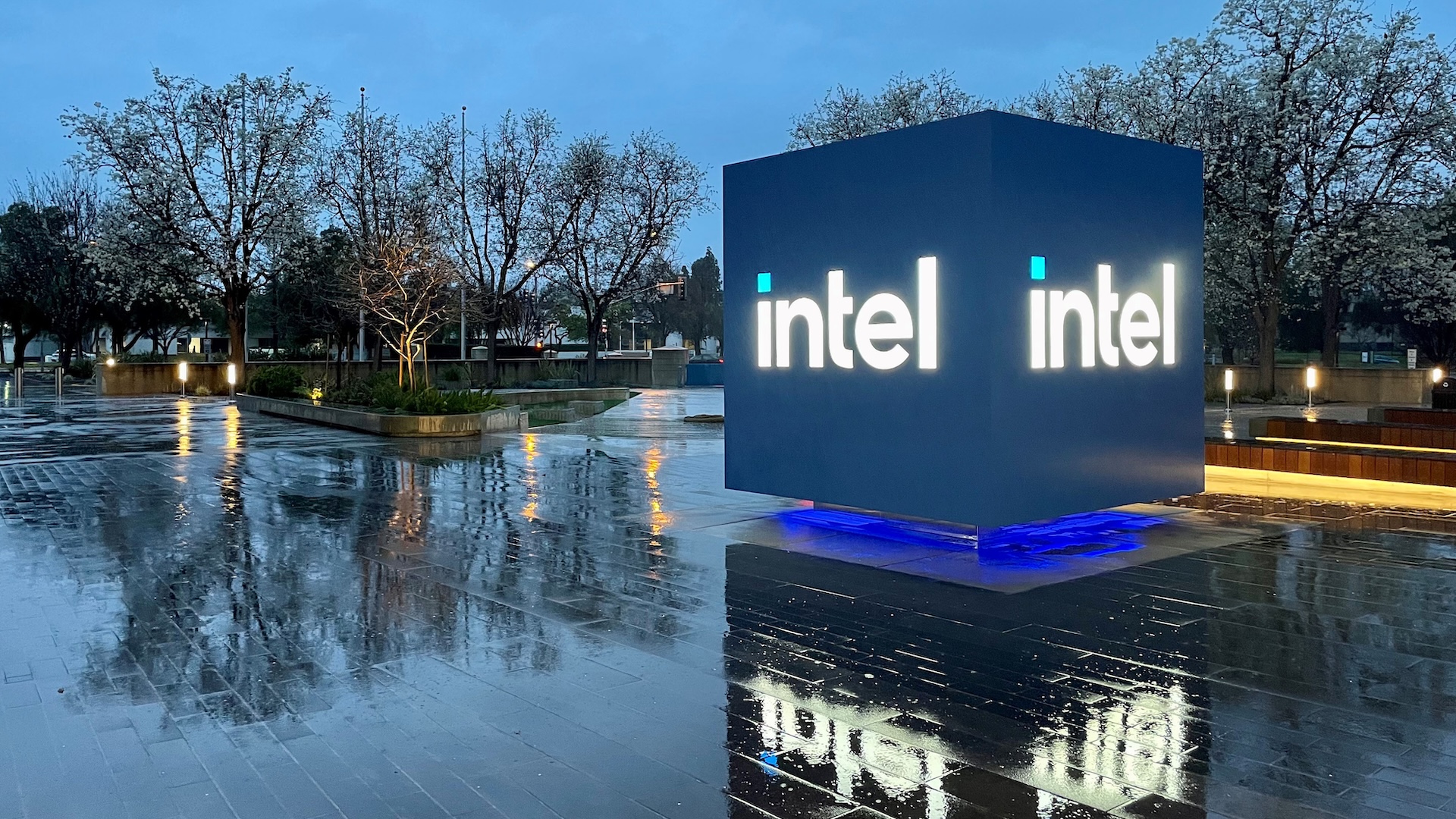Intel on Friday informed its staff that three high-ranking executives from its manufacturing arm, Intel Foundry, are set to retire, Reuters reports. The exit of three corporate vice presidents will have a significant impact on the internal structure of Intel Foundry.
Two of the three senior executives, Kaizad Mistry and Ryan Russell, are corporate vice presidents in the Technology Development Group. The third is Gary Patton, who served as the CVP and GM of the Design Technology Platform organization in the Technology Development Group. Patton is a well-known and respected semiconductor industry veteran, having served at IBM, GlobalFoundries, and, more recently, Intel.
Kaizad Mistry and Ryan Russell have been part of the technical leadership behind Intel's process technology development and were responsible for various aspects of the Technology Development Group, including overseeing the ongoing efforts and setting strategic goals.
Starting late 2024, Garry Patton was promoted to lead all of Intel Foundry's design enablement engineering efforts. As CVP and GM of the newly created Design Technology Platform organization, he was responsible for delivering the full set of design platform solutions required by Intel's Foundry customers. Essentially, he was responsible for developing process design kits (PDKs), validating support for EDA tools, creating IP libraries, and establishing design rules. Fundamentally, his job was to ensure that customer designs developed using Intel's PDKs, EDA tools (well, these came from third parties), and IP were compatible with Intel's process technologies and met performance and power goals, and could be reliably manufactured at high yield. Patton joined Intel after five years at GlobalFoundries and 20 years at IBM Microelectronics.
These leadership exits coincide with an internal restructuring of Intel's Technology Development Group, which started earlier this year. Dr. Ann Kelleher, Intel's Executive Vice President overseeing fabrication technology development since 2020, will retire later in 2025 after more than 30 years at the company. She will remain as a strategic adviser during the transition, but her responsibilities will be divided. Naga Chandrasekaran will lead front-end process development and manufacturing as Head of Technology and Operations at Intel Foundry, while Navid Shahriari will oversee back-end operations, including assembly, testing, and advanced packaging.
Naga Chandrasekaran, a former Micron executive, has been leading Intel's manufacturing and supply chain organization since mid-2024. His promotion integrates process R&D and high-volume production under one leadership to improve yield, ramp time, and process consistency.
Navid Shahriari, also EVP now, will be in charge of Intel's advanced packaging strategy, pushing forward chiplet integration and test technologies.
Kelleher, who rebuilt Intel's Technology Development group to meet the ambitious “5 nodes in 4 years” (5N4Y) roadmap under chief executive Pat Gelsinger, leaves after laying the foundation for Intel's 18A, 14A, and post-14A process technologies, which will drive Intel's manufacturing leadership in the coming years. She will continue to advise Intel on foundry technologies, U.S. and European fab capacity, and other production-related issues.
It remains to be seen whether her advice will be needed or followed. Last week, the company announced that it would put its European projects in Germany and Poland on hold and slow down expansion of production capacity in the U.S. In addition, the company indicated that it may slow down development of its 14A fabrication process or completely abandon it if it cannot secure at least one major external customer for this production node, as high capital requirements necessitate strong return prospects.
The departures come as Intel implements a major cost-cutting plan, aiming to reduce its global workforce by 15%. The company expects to close the year with approximately 75,000 employees worldwide, which means that the company will have fired 30,000 people in 2025.
Follow Tom's Hardware on Google News to get our up-to-date news, analysis, and reviews in your feeds. Make sure to click the Follow button.

 4 months ago
30
4 months ago
30










 English (US) ·
English (US) ·